Seeing renewable energy development as a key to boosting economic growth, India is aiming to build its future on non-fossil energy sources, including solar, wind, nuclear and hydropower.
At the 4th Renewable Energy Investor Conference and Exhibition (RE-INVEST) in Gandhinagar, the capital of the western state of Gujarat, Indian Prime Minister Modi stated: “India today is preparing the ground not just for today but for the next thousand years. India is very aware of its energy needs and its requirement to become a developed nation by 2047. We do not have large oil and gas reserves, we are not an energy producer. So we are focusing on solar, wind, nuclear and hydro to secure our future. We are determined to build a sustainable energy path forward.”

The Indian Prime Minister highlighted the benefits of the Surya Ghar Scheme, which provides free electricity to 10 million households through the installation of solar panels. This scheme helps reduce electricity costs for the government, increase the use of renewable energy, reduce carbon emissions, create 2 million jobs…
India is now moving at a rapid pace and scale in all areas related to renewable energy.
Over the past decade, India has generated 35% more electricity from nuclear power than before and is striving to become a global leader in green hydrogen.”
Referring to the country's commitment to achieving net zero emissions by 2070, Prime Minister Modi said that concepts such as "Green Future" and "Net Zero" are not flowery words, but the needs and commitments of the central government and local governments of India.
The central theme of RE-INVEST 2024 is Mission 500GW, which significantly highlights India’s strategic goal of expanding renewable energy capacity by 2030. RE-INVEST is not a stand-alone event, but part of a larger vision and action plan aimed at making India a developed nation by 2047.
India could also be a major hub for the renewable energy supply chain, experts say. Its labor force and investment-friendly environment make it an ideal manufacturing base for components such as solar panels, batteries and wind turbines.
India has made significant investments and set ambitious targets for renewable energy, the United Nations Environment Programme (UNEP) report said, noting that the country has earmarked more than $4 billion for the energy transition in this year's national budget.
The International Energy Agency (IEA) also noted that India is moving into a new dynamic phase in its green energy development, marked by its long-term ambition of net zero emissions.
As the world's fourth largest country in terms of installed renewable energy capacity, India aims to consolidate its leadership in the global renewable energy transition.
In India, solar, wind and other forms of renewable energy excluding hydropower and nuclear power account for 30% of total generating capacity and about 14% of total electricity generated during 2022-23.
Renewable energy is second only to thermal power in terms of generating capacity and electricity output. In the coming decades, the share of renewable energy capacity and electricity output in India is expected to increase exponentially.
SOUTH
Source: https://www.sggp.org.vn/chia-khoa-tang-truong-kinh-te-cua-an-do-post759645.html


![[Photo] April Festival in Can Tho City](https://vstatic.vietnam.vn/vietnam/resource/IMAGE/2025/4/10/bf5ae82870e648fabfbcc93a25b481ea)


![[Photo] Unique folk games at Chuong Village Festival](https://vstatic.vietnam.vn/vietnam/resource/IMAGE/2025/4/10/cff805a06fdd443b9474c017f98075a4)

![[Photo] Opening of the 11th Conference of the 13th Party Central Committee](https://vstatic.vietnam.vn/vietnam/resource/IMAGE/2025/4/10/f9e717b67de343d7b687cb419c0829a2)












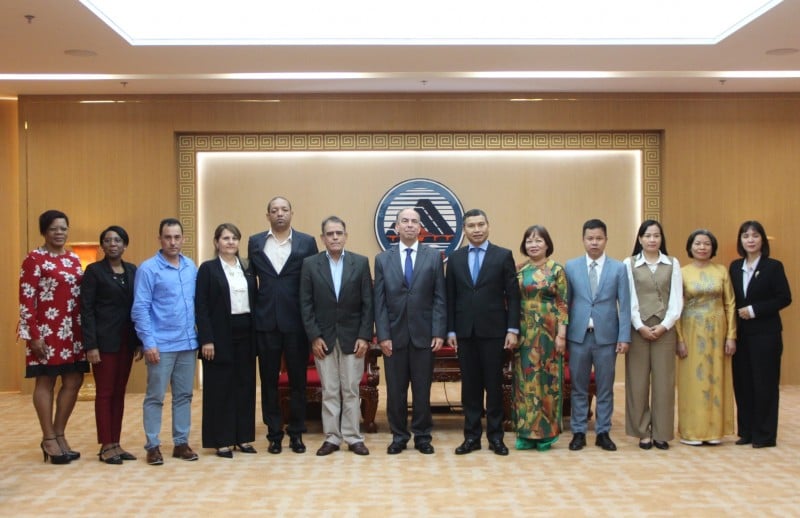



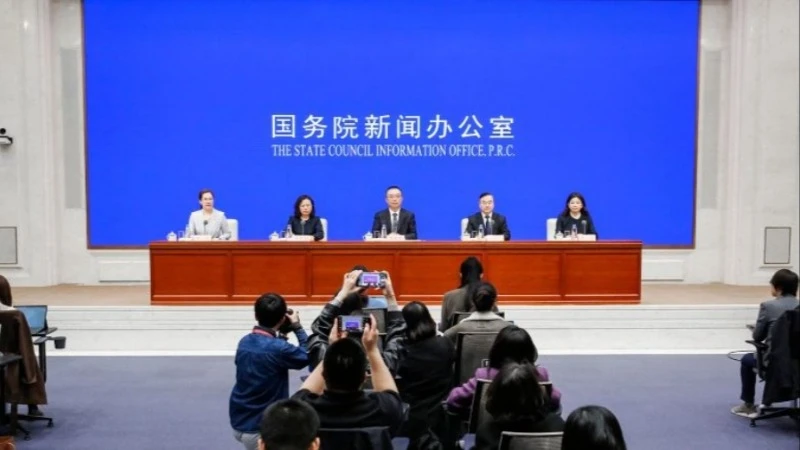
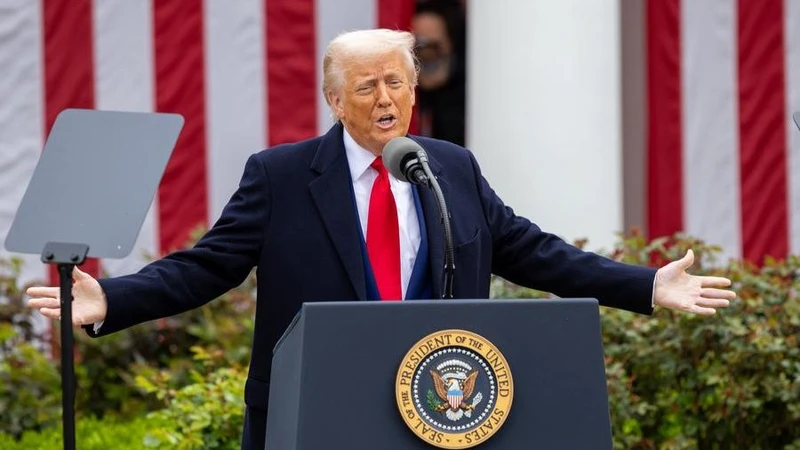




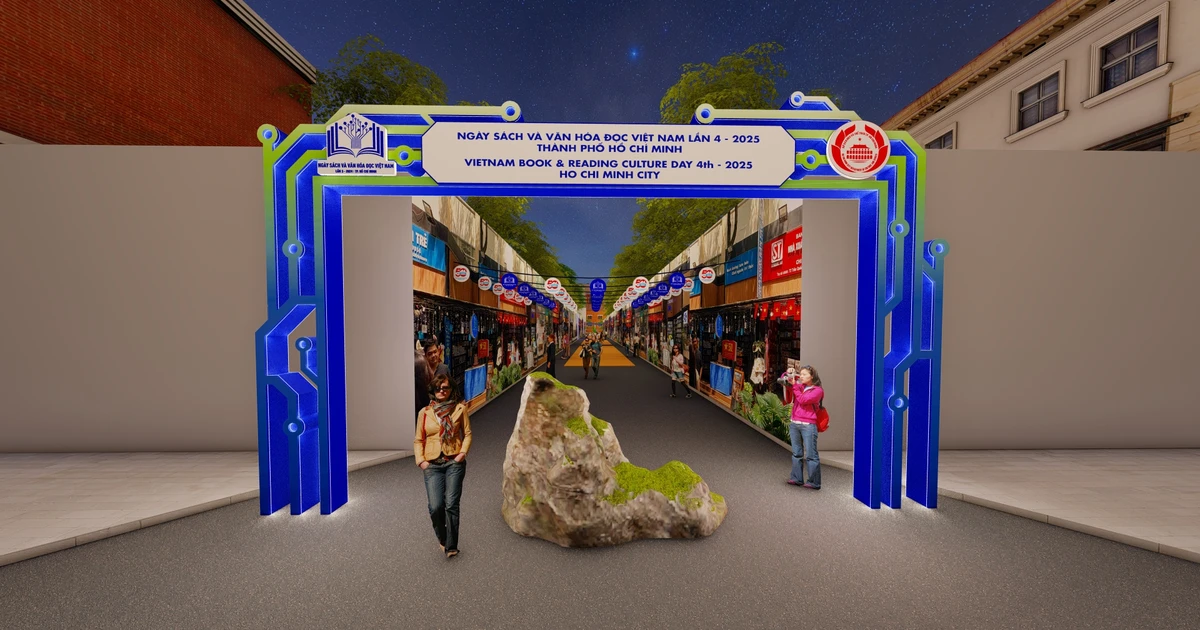























































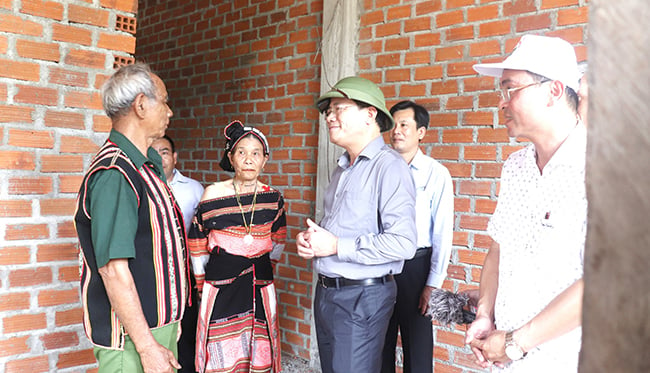
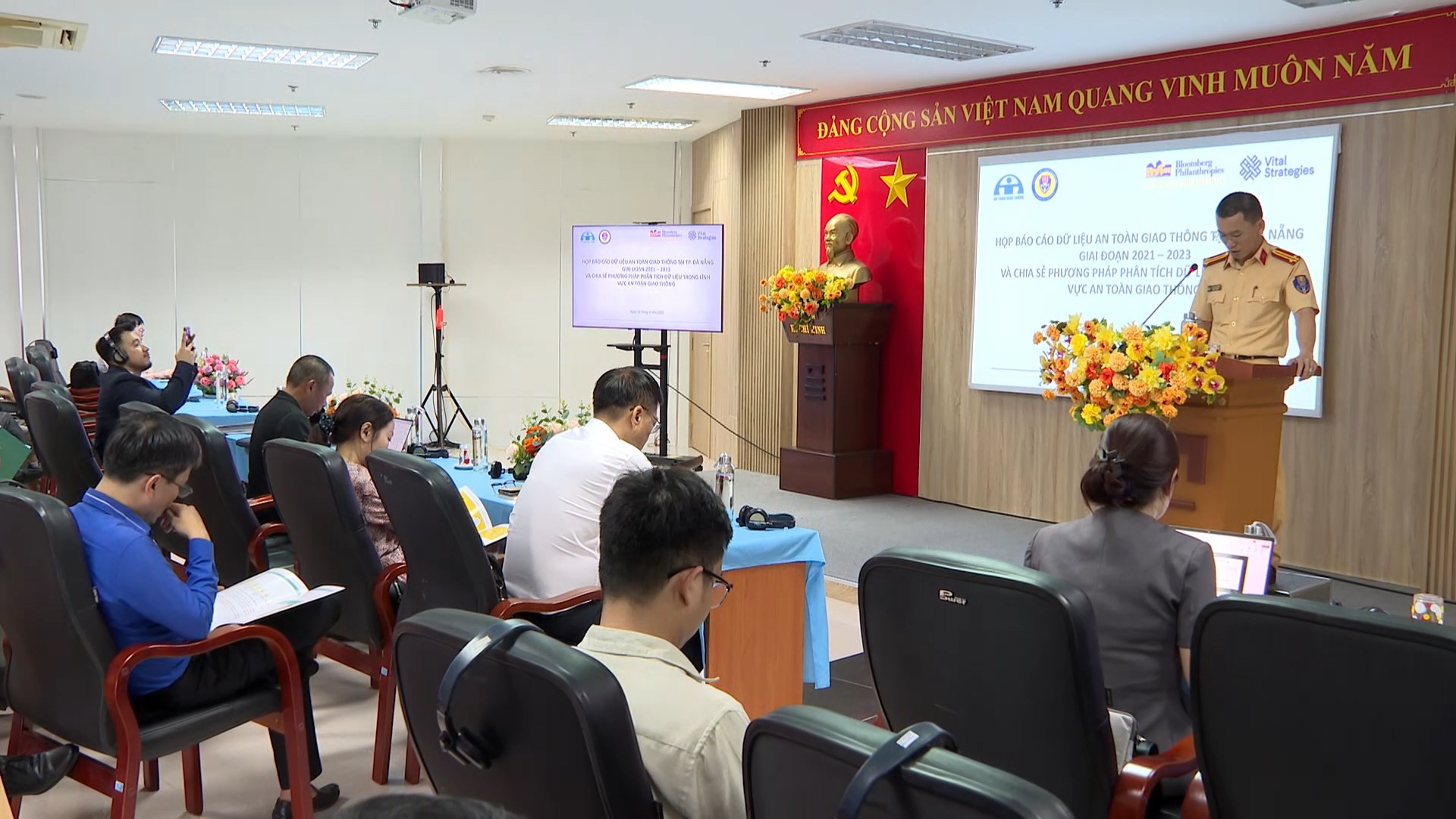
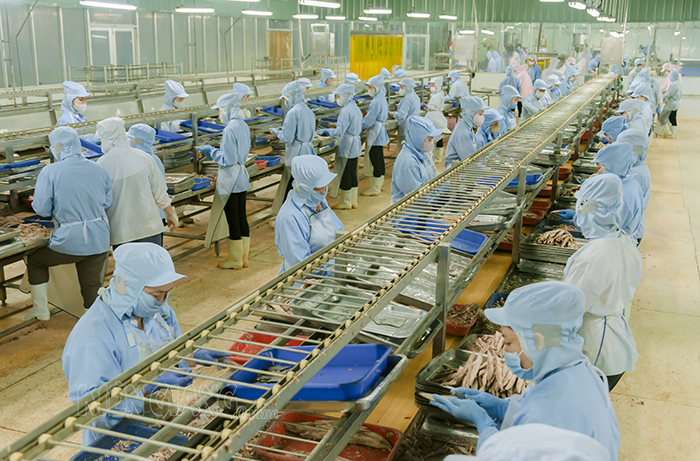
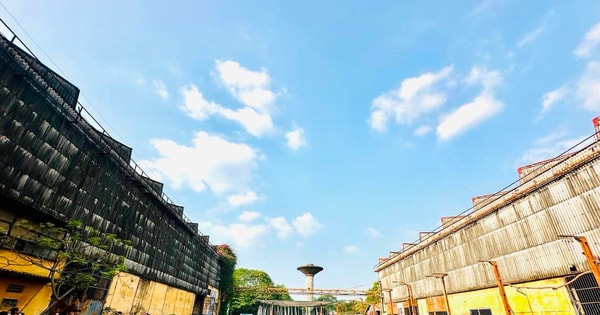








Comment (0)